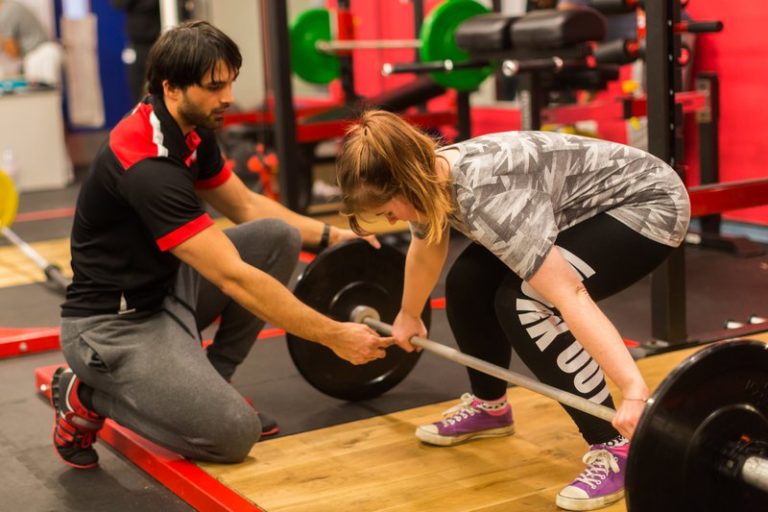Dean Nevill and I recently delivered a workshop at the Chartered Institute for the Management of Sport and Physical Activity (CIMSPA) annual conference entitled “Building a workforce for the future”.
The conference was a great opportunity for us to share our research and thinking with front-line decision makers from across the sports, fitness and physical activity sector workforce. Our session outlined the work we’ve been doing to understand Londoners’ challenges and support needs and how the workforce needs to evolve to support those needs.
We began by sharing our ambition to be the most physically active city in the world, and that to achieve this we need to understand the lives of the c.2.6 million less active Londoners. I shared the research we undertook into the lives of less active Londoners, including their attitudes towards physical activity and the barriers that can stand in their way. We saw a range of barriers amongst different groups – for some, it was a fear of being judged, others found themselves in a cycle of all or nothing, whilst others struggled to integrate physical activity into their already busy schedules. We then surveyed both less active Londoners as well as the workforce currently working with them and faced a brutal fact – the traditional workforce (i.e those involved in delivery) rarely encounter less active Londoners!
Dean then went on to share how this presents a huge opportunity for the workforce to evolve and better meet the physical activity needs of all Londoners. He discussed how a broader view of the physical activity workforce is required to fulfil the needs of less active Londoners not currently being met. Specifically, this entails broadening the scope of the physical activity workforce to support the full journey from inactivity to becoming regularly active. Linking back to overcoming the attitudes and barriers to physical activity that I began the session with, Dean outlined how a greater focus on people skills and a workforce that better engages less active Londoners is essential creating a happier and healthier London.
The session concluded by outlining our strategic plan of action for London’s physical activity workforce, the background to which is summarised in an earlier blog by Dean entitled “Listening to less active people – The first step in understanding London’s workforce”, and we wrapped things up by inviting questions from attendees and as we found ourselves exchanging contact details with those who wanted to continue the discussion, Dean and I left satisfied we’d fulfilled our aim of stimulating debate on how we build a workforce for the future.

